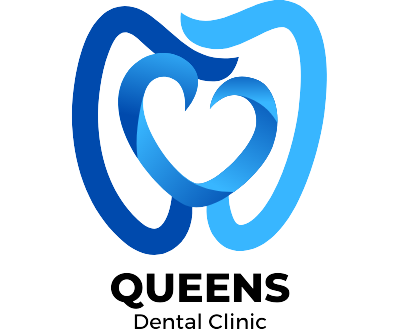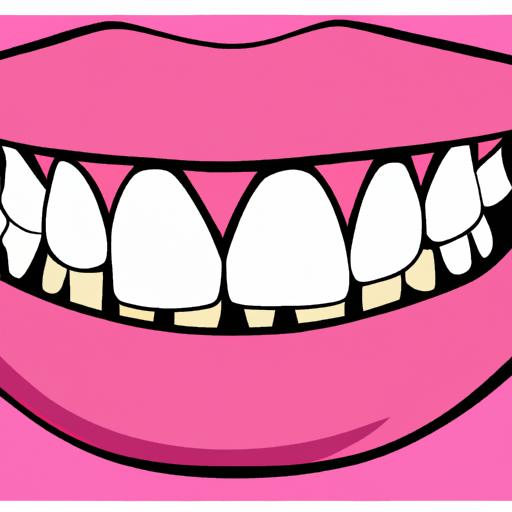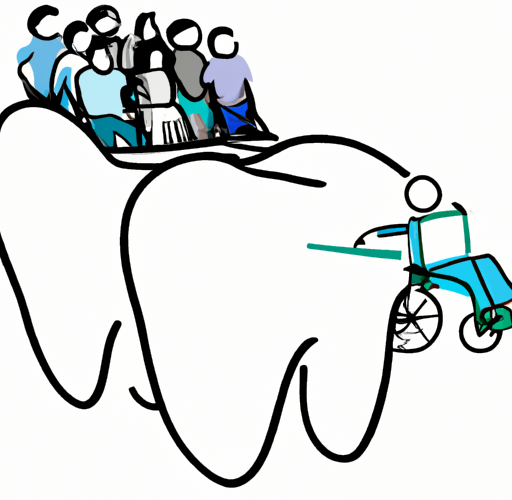Gum diseases, also known as periodontal diseases, are a common oral health issue that affects millions of people around the world. These diseases can range from mild inflammation of the gums to more severe conditions that can lead to tooth loss if left untreated. Understanding the symptoms, causes, and diagnosis of gum diseases is crucial for early detection and effective treatment. In this article, we will explore the various aspects of gum diseases, including its symptoms and causes, how it is diagnosed, and the treatment options available. Additionally, we will provide valuable tips for maintaining optimal oral health to prevent gum diseases from occurring or worsening. So, if you want to learn more about gum diseases and how to effectively manage them, keep reading!
1. Understanding Gum Diseases: Symptoms, Causes, and Diagnosis
Gum diseases, also known as periodontal diseases, refer to a range of conditions that affect the tissues surrounding the teeth. These diseases can have serious consequences if left untreated, leading to tooth loss and even affecting overall health. Understanding the symptoms, causes, and diagnosis of gum diseases is crucial in order to seek timely treatment and prevent further complications.
Symptoms of gum diseases can vary depending on the severity and type of the condition. The early stage of gum disease is known as gingivitis, which is characterized by red, swollen, and tender gums. Gingivitis may also cause gums to bleed during brushing or flossing. As the disease progresses, it can lead to periodontitis, a more severe form of gum disease. Symptoms of periodontitis include receding gums, bad breath, loose teeth, and the formation of pockets between the teeth and gums.
Several factors contribute to the development of gum diseases. Poor oral hygiene is a major cause, as it allows bacteria to build up on the teeth and gums, leading to inflammation. Smoking, hormonal changes (such as during pregnancy or menopause), genetic predisposition, certain medications, and systemic diseases like diabetes can also increase the risk of gum diseases. Additionally, certain habits like teeth grinding or clenching can put excessive pressure on the gums and contribute to their deterioration.
Diagnosing gum diseases involves a thorough examination by a dental professional. During a dental visit, the dentist will visually inspect the gums, looking for signs of inflammation, bleeding, and receding. They may also use a periodontal probe to measure the depth of the pockets between the teeth and gums, as deeper
2. Effective Treatment Options for Gum Diseases
Gum diseases, also known as periodontal diseases, are common conditions that affect the gums and the surrounding tissues. If left untreated, gum diseases can lead to serious oral health complications, including tooth loss. Fortunately, there are several effective treatment options available to combat gum diseases and restore oral health.
1. Professional Dental Cleaning (Scaling and Root Planing):
One of the initial steps in treating gum diseases is the professional cleaning of the teeth, known as scaling and root planing. This procedure involves removing plaque and tartar buildup from above and below the gumline, along with smoothing the tooth roots to discourage further bacterial growth. Scaling and root planing help eliminate the source of infection and inflammation, allowing the gums to heal.
2. Antibiotics:
In some cases, dentists may prescribe antibiotics to control the bacterial infection associated with gum diseases. These antibiotics can be taken orally or applied directly to the affected areas. Antibiotics help reduce the number of harmful bacteria, promoting healing and preventing further damage to the gums and surrounding tissues.
3. Topical Antiseptic Mouthwash:
Rinsing the mouth with an antiseptic mouthwash can be beneficial in treating gum diseases. Antiseptic mouthwashes contain ingredients that help kill bacteria and reduce plaque formation. Regular use of an antiseptic mouthwash as recommended by a dentist can aid in preventing gum disease progression and maintaining oral hygiene.
4. Gum Surgery:
In advanced cases of gum diseases where there is significant gum and bone damage, gum surgery may be necessary. There are different types of gum surgery, including flap surgery, bone grafts, and tissue regeneration. These procedures aim to repair and
3. Preventing Gum Diseases: Tips for Maintaining Optimal Oral Health
Maintaining optimal oral health is crucial in preventing gum diseases. By adopting a few simple habits, you can significantly reduce your risk of developing gum problems. Here are some tips to help you keep your gums healthy:
1. Brush your teeth properly: Brushing your teeth twice a day is essential for maintaining good oral hygiene. Use a soft-bristled toothbrush and fluoride toothpaste. Hold your toothbrush at a 45-degree angle against your gum line and brush gently in a circular motion. Don’t forget to brush the back of your teeth and your tongue as well.
2. Floss daily: Brushing alone cannot remove all the plaque and food particles stuck between your teeth. Flossing helps reach those hard-to-reach areas, preventing plaque buildup and reducing the risk of gum diseases. Use a gentle back-and-forth motion to clean between each tooth.
3. Use mouthwash: Adding an antimicrobial mouthwash to your oral care routine can help kill bacteria and reduce plaque formation. Look for a mouthwash containing chlorhexidine or cetylpyridinium chloride, as these ingredients are effective in fighting gum diseases.
4. Maintain a balanced diet: A healthy diet plays a vital role in maintaining oral health. Limit your intake of sugary and acidic foods as they can contribute to tooth decay and gum problems. Instead, opt for a diet rich in fruits, vegetables, whole grains, and lean proteins. These foods provide essential nutrients that promote gum health.
5. Avoid tobacco products: Smoking or using other tobacco products significantly increases the risk of gum diseases. Tobacco reduces the blood flow to the gums, making it harder for them to heal and



